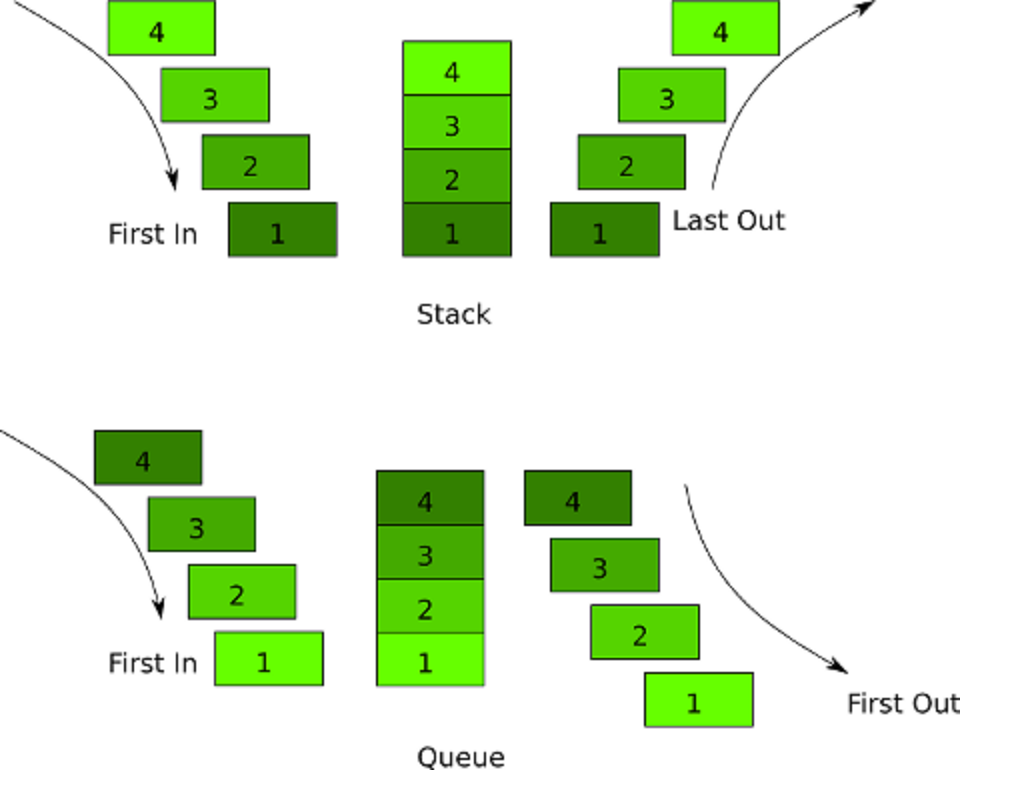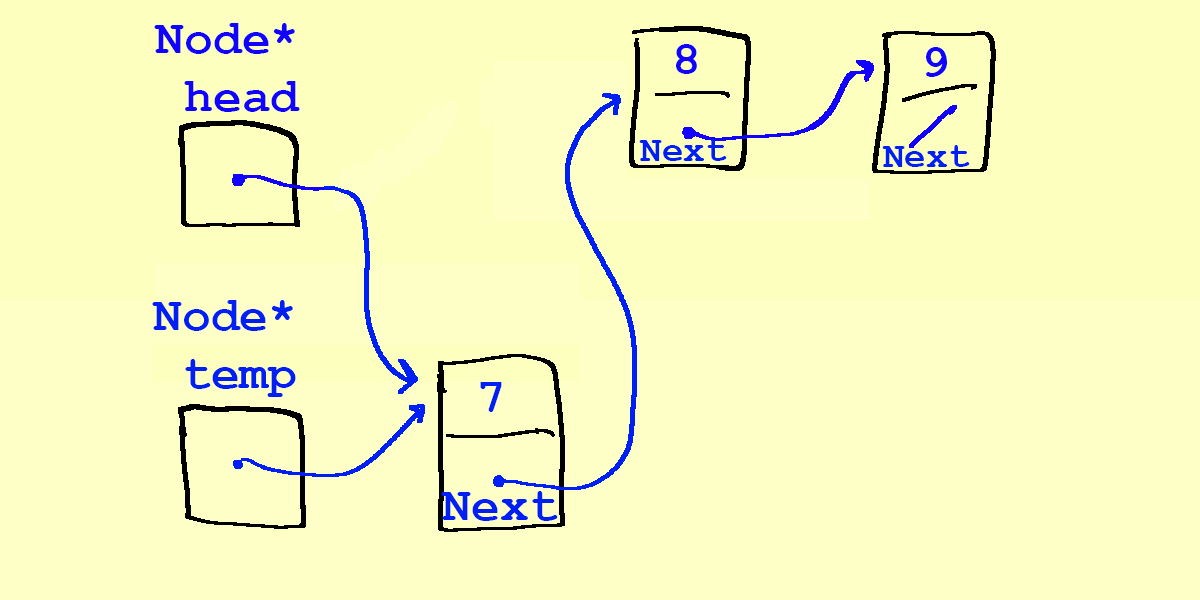
This allows our Queue to have a faster performance for adding/removing items, as well as a dynamic length list to save space in memory. Both push() and shift() methods are constant time O(1) in singlyLinkedList.

However, because shift() remove the first item in an array and all indexes need to shift over, this compromises the time complexity, achieving only O(n) for removing.įortunately, we can use a singlyLinkedList again to create a Queue. In Javascript, one way to implement a Queue using array is to use push() to add items, and shift() to remove item, as this will satisfy the concept of first-in-first-out principle. Queue is useful for anything like telephone wait line, restaurant wait line etc.

Similar to how printers work, the first request sent to it is the first page to be printed.

The first item added to a list is the first item to be removed when requests. Queue - Unlike Stack, Queue uses a concept of first-in-first-out or last-in-last-out principles. Optimized for space complexity and Unshift/Shift methods are constant time O(1) (same as push/pop in array) in a SinglyLinkedList. Due to this, a SinglyLinkedList is more ideal to create a Stack. Empty Stack: If the stack has no element is known as an empty stack. pop (): Return the top element of the Stack i.e simply delete the first element from the linked list. Lets remove (pop) 18, 45, and 11 from the stack. push (): Insert a new element into the stack i.e just insert a new element at the beginning of the linked list. This can waste a lot of space in memory for a Stack, because we only add/remove one item at a time with Stack. The push operation inserts an element into the stack and pop operation removes an element from the top of the stack. In Javascript, as array's length grows, the array doubles its size under hood, automatically and dynamically. A Stack using array would look like this: So push/pop will outperform unshift/shift for Stack implementation. This does not happen when we add/remove items at the end of an array. The method push adds a node at the front of the linked list. Keep in mind that when we remove/add anything at the beginning of an array, all elements in it need to re-index. Define methods push and pop inside the class Stack. Another way to do it is to use unshift/shift to add/remove from the beginning of the list. In Javascript we can use push to add an item to the end of the list, and pop to remove the item from the end of the list. The most basic Stack should have a method to add and a method to remove items from a list that follows the First-in-last-out principle. Website histories is also a good use of a Stack because the last page we visit displays at top of the list. when we do an undo, we undo the last action. This concept is very useful to implement something like undo/redo functions. Let's say I use array.push() 10 times to add 10 items to a new array, when I do array.pop(), the first items to pop is the last item I pushed in. Which means that items that first added to the list will be the last one to be removed. Stack - is a concept that creates a collection of data usesįirst-in-last-out or last-in-first-out principle. They both are important data structures and have different uses in our applications. Stack and Queue mainly focus on adding and removing one item at a time to a list. However, for this method, Im only allowed to 'use the following data type as a new variable: int, stack. Methods include push, pop, isEmpty, and reverse.' Im working on my reverse method that is meant to reverse a stack. I have to 'Implement a stack including a tester. All rights reserved.Stack and Queue are collection of datas, similar to arrays or lists, but follow different principles in design. I am working on a project using Stacks in Linked Lists. It is easy to add and remove nodes at the front.

Node tempDisplay = top // start at the beginning of linkedList In the linked list implementation of a stack, the top of the stack is actually the node at the head of the list. Here is the java program for Linked List implementation : The advantage to using Linked List for implementing Stack is we don’t need to know in advance the size of stack.


 0 kommentar(er)
0 kommentar(er)
